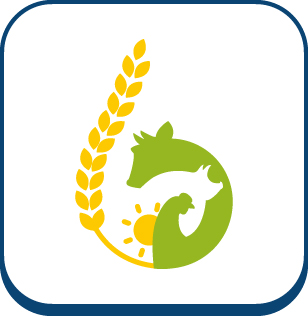Development conditions of French pig farms. A study of 611 projects between 1997 and 2001
Ajouter à ma liste
Auteurs :
Chevrant Breton A, Daridan D
This work is part of a broader study that is aimed at evaluating the consequences of European environment laws on the dynamics of pig production in France, Spain, Denmark and the Netherlands. This report is the French part of the study.French pig breeder organisations were asked to co-operate in the study and a total of 23 of them participated. More than 600 investments projects, carried out between 1997 and 2001, were analysed.The analysis of the documents allowed the various strategies of farm creation to be described. The study shows that on the one hand the creation of farms was mainly obtained under the declaration procedure (less than 450 animal-equivalent) and for one type of activity (either breeding or fattening). While on the other hand, the extension of a farm was mainly obtained under the authorisation procedure, where two different dynamics were observed. The first, consisted of an increase in the number of animals, while maintaining the same type of production system. Farrowing-to-fattening farms were mainly concerned by this system. The second, consisted of an increase in the number of animals and a change in the type of production system. In the majority of cases, farrowers or fatteners increased the number of pigs and evolved into farrowing-to-fattening farms.The analysis of the questionnaire highlighted the difficulties that had arisen during the formulation of the projects and allowed an estimation of the average time necessary to study the projects. It is concluded that pig breeders must cope more often than before with obstacles of variable nature that arise from different sources.
Fiche technique
Titre :
Development conditions of French pig farms. A study of 611 projects between 1997 and 2001
Date sortie / parution :
2003
Référence :
Journées de la Recherche Porcine (Fra), 2003, Vol.35, p. 201-210
Quelques mots clés
Autres documents
Conditions de développement des élevages de porcs en France - Analyse de 611 projets déposés entre 1997 et 2001
La présente étude s’inscrit dans une approche plus globale destinée à apprécier les effets des contraintes d'environnement sur l'installation et le développement des élevages de porcs dans quelques bassins de…
Publié en 2003






